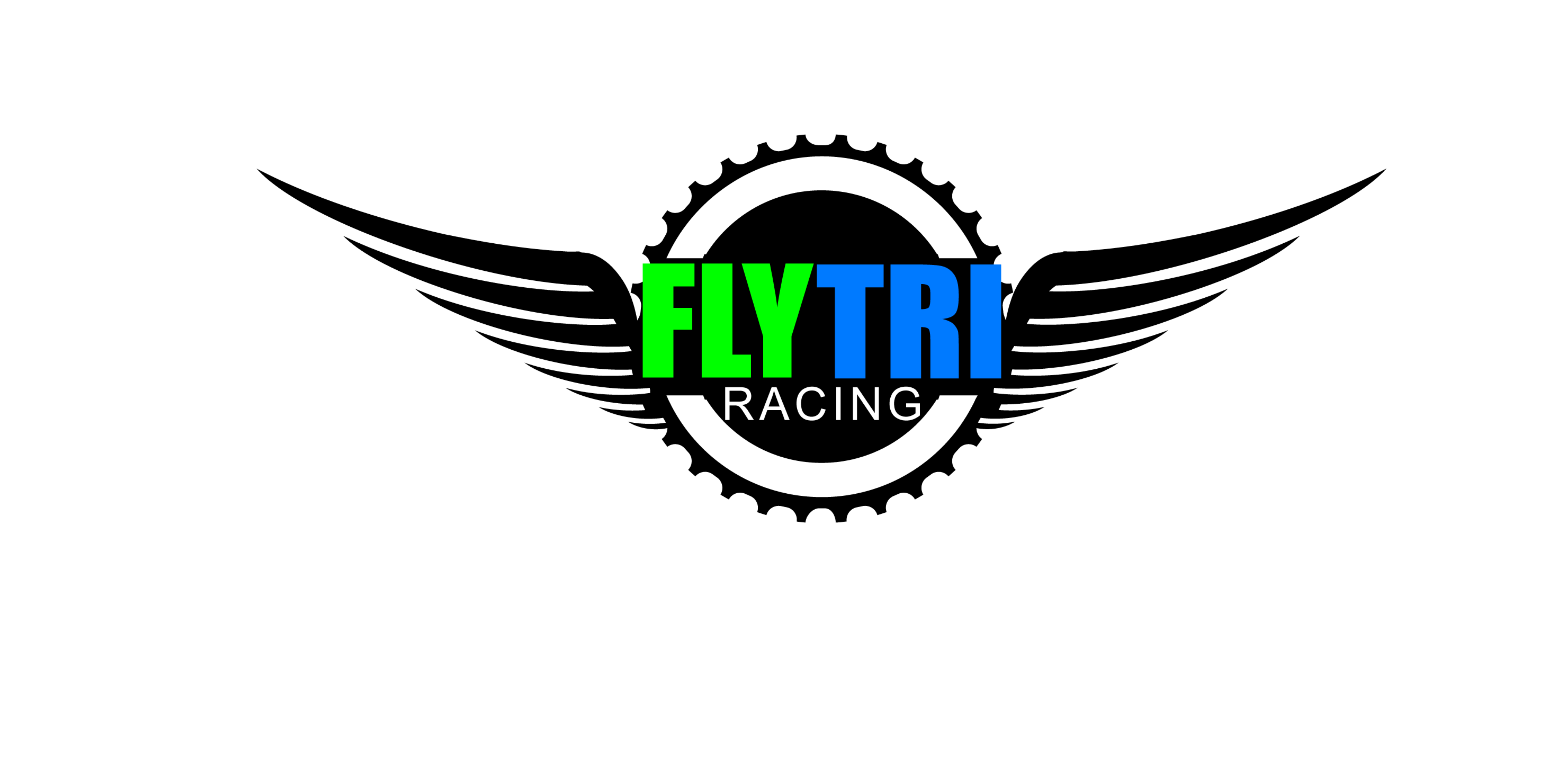Depending on who you ask, about 30-65% of runners are injured yearly. This statistic is far too high when you consider that runners typically are not getting tackled or experiencing collisions like cyclists often do. The good news is that many of the injuries runners have to deal with can be avoided or minimized. So, we’ve created a list of errors we often see among runners and triathletes. The goal is to help you reduce your risk for injury.
1. Poor posture – Your posture is one of the first things we need to look at. When you take off for a run you want to focus on standing tall with strong posture. Make sure your shoulders are relaxed and that you aren’t bending at the waist or rounding forward.
2. Over Striding – This is a very common thing when runners reach out with their foot landing in front of their knee, heel first. This sends force up through the ankle, tibia, knee, hip and the lower back. We want runners to land with a vertical shin. This will help disperse the force of the impact that runs up the leg. Typically, this effort to land with a vertical shin results in a midfoot strike. However, when runners fatigue a very high percentage of us will end uo landing with a heel strike. And runners may overcompensate by overstriding possibly due to weak or tight hip flexors.
3. Inconsistency – It’s really hard to improve as a runner if you’re not being consistent. Don’t expect improvements if you’re not willing to be consistent with your training. Running is a sport that requires high frequency training to excel. Training inconsistently also increases your risk for injury. Of course life will present challenges to being consistent. The main thing is to aim to train 4-6 days per week.
4. Training too hard – Many runners will set out on a run that was intended to be an easy Zone 2 aerobic run and end up running it at a Zone 3 heart rate pace. Sure, they can possibly make short term gains, but they will likely soon plateau. In so doing, they neither train their aerobic or anaerobic systems effectively. There are a lot of physiological benefits that occur during easy runs; like allowing you to build higher mileage without increasing your risk for injury.
5. Not training hard enough – There is a lot of advice out there these days claiming that you have to run slow to run fast. True, but you also have to run fast to run fast with those Zone 4 and Zone 5+ runs. For example, to improve your VO2 max specifically, runs need to be 95-100% of your VO2 Max in reps of 3-5 minutes for up to 20 minutes of repetitions. These types of intervals include a lot of discomfort. However, it is also easier to run your target paces if you avoid running your easy days too hard.
6. No warm up – A very common mistake we see is inadequate warm up for high school and adult athletes. Athletes will warm up before training but for some reason a lot of us seem to forget before a race. Not only are you starting the race with less blood flow to your muscles and tendons but also you’re puts you at higher risk of a muscular or tendon injury.
7. Lack of variety – Many runners do the same thing week to week with very little variety and not much change in pace or intensity from day to day. A lack of variety is not necessarily a bad thing but you do need to progress and change training stimulus from time to time. Also, some athletes need a little variety to avoid boredom and burnout.
8. Too much variety – On the other hand, too much variety is also not a good thing because your body doesn’t get a chance to progress s it adapts to the training stimulus you’re imposing.
9. Treating every race as a key race – I get that racing is fun and you want to PR every race. Many runners think every race is the most important one but if you’re tapering multiple times during the year you can actually lose fitness. I recommend only 2-3 “A” races a year, with several “B” races in the mix. I think that high schoolers also over-race each fall and spring season. Also, we only have so much mental capacity to manage how hard the body can work through the year. If you run a race 8-10 weeks in a row you can get physically and mentally worn down before the season ends.
10. Pushing through injuries – Unfortunately running is a high-risk for injury sport. This is mainly due to our modern and demanding way of life. Pushing through an injury, or even illness, can create lasting damage if you’re not careful. It’s better to rest for a couple of days than be forced to take two weeks or even two months off.
11. Too much, too soon – Finally, a common error is simply doing too much, too soon; meaning doing too much volume or going too hard, too soon. Perhaps you decided to jump into a marathon training block with little to no training beforehand thinking you could do your high school coach’s track workouts 10-20 years later in life.
Conclusion
These 11 common running errors are not an exhaustive list. There are certainly more but these are a great start of things to avoid.. Being aware of these errors can help progress your training and racing to a new level of PR’s.
William Ritter, from Tyler Texas, enjoys working with athletes that are looking to improve their performance in triathlon or running. He specializes in coaching triathletes and runners of all abilities. Ritter’s coaching is extensive and focused on the individual athlete, blending the art and science of coaching. Ritter is the Head Coach at Fly Tri Racing with over 13 years coaching experience and 27 years of competitive experience. Coach Ritter is a USA Triathlon Level II Short & Long Course Coach, USA Triathlon Level 1 Youth & Junior Coach, USA Track & Field Level II Endurance & Youth Coach and USATF Cross Country Specialist. Including a TrainingPeaks Level 2 and Power Certified Coach, Ironman U, Tri Sutto Coaching Certified, USA Triathlon, Cycling Coach. To learn more about Ritter and personal coaching visit www.flytriracing.com or send email to william@flytriracing.com.




